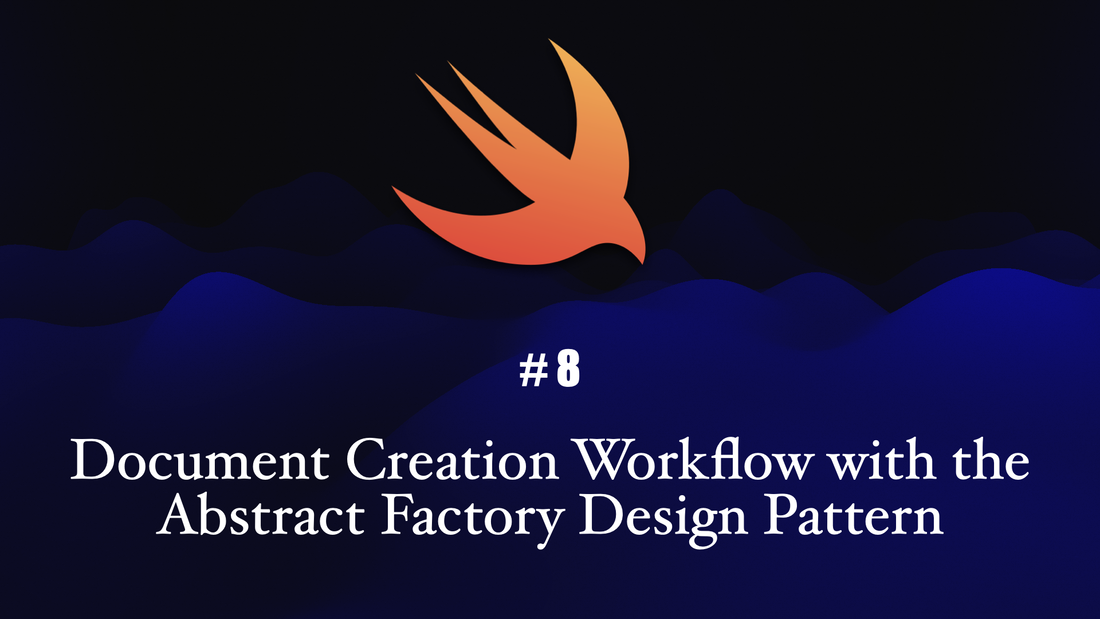In Swift, the Abstract Factory pattern can be implemented using protocols and classes. The first step is to create a protocol that defines the common properties and methods that all documents should have. For example, in a document creation application, the protocol might include properties such as title, author, and body, as well as a save method.
The advantage of using this design pattern is that it allows for easy addition of new document types without modifying existing document classes. For example, if we wanted to add a Keynote document, we could simply create a new class called KeynoteDocument and configure it in the DocumentFactory. This new class could have distinct logic for saving and other behaviors that differ from the other classes.
Now, let's say we are still building the same document creation application, but now we want to allow the user to create documents in different languages, such as English and Spanish. We can use the Abstract Factory Design Pattern to create the objects for these different languages.


